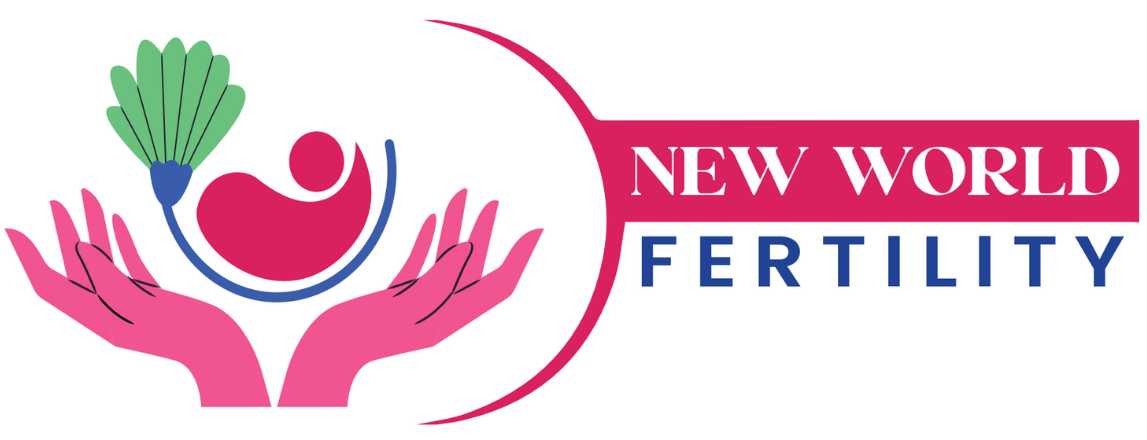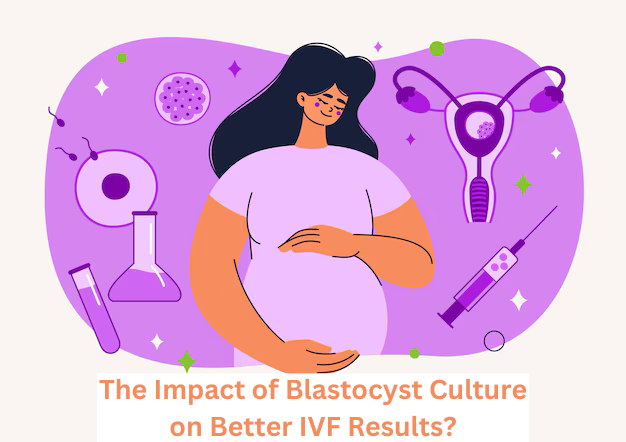The Impact of Blastocyst Culture on Better IVF Results?
In-vitro fertilization (IVF) is a complex and expensive procedure that involves retrieving eggs from a woman's ovaries, fertilizing them with sperm in a laboratory, and then transferring the resulting embryos into the uterus. The success rate of IVF is relatively low, with only about 30-40% of cycles resulting in a pregnancy. One of the factors that can influence the success rate of IVF is the stage of development at which the embryos are transferred to the uterus.
Traditionally, embryos are transferred to the uterus on day 3 or 5 of development. However, in recent years, there has been a growing trend towards transferring embryos on day 6 or 7 of development, a stage known as the blastocyst stage. Blastocyst culture is believed to improve the chances of pregnancy by allowing embryos to develop to a more mature stage, which may increase their chances of implantation.
What is a blastocyst?
A blastocyst is a hollow ball of cells that forms about 5-6 days after fertilization. It is composed of an outer layer of cells called the trophectoderm and an inner cell mass. The trophectoderm will eventually develop into the placenta, while the inner cell mass will develop into the fetus.
Why is blastocyst culture important?
There are several reasons why blastocyst culture may improve the chances of pregnancy:
Improved embryo quality: Blastocysts are more likely to be of high quality than embryos at earlier stages of development. This is because blastocysts have undergone a process of natural selection, whereby only the strongest and healthiest embryos survive.
Increased implantation rates: Blastocysts are more likely to implant in the uterus than embryos at earlier stages of development. This is because blastocysts are at a more advanced stage of development and are therefore better able to interact with the uterine lining.
Reduced multiple pregnancy rates: Blastocyst culture can help to reduce the risk of multiple pregnancies. This is because only one or two embryos are typically transferred at the blastocyst stage, whereas multiple embryos may be transferred at earlier stages of development.
Improved pregnancy outcomes: Studies have shown that babies born from blastocyst transfers are more likely to have healthy pregnancies and deliveries than babies born from transfers at earlier stages of development.
How is blastocyst culture performed?
Blastocyst culture is a relatively simple procedure that involves culturing embryos in a laboratory for an additional 2-3 days after fertilization. Embryos are cultured in special dishes that provide a nutrient-rich environment that supports their growth and development.
What are the risks associated with blastocyst culture?
There are few risks associated with blastocyst culture. However, there is a small risk that the embryos may not develop to the blastocyst stage. If this happens, the embryos may need to be frozen or discarded.
What are the costs associated with blastocyst culture?
The costs associated with blastocyst culture vary depending on the fertility clinic. However, blastocyst culture is typically more expensive than transferring embryos at earlier stages of development.
Is blastocyst culture right for everyone?
Blastocyst culture is not right for everyone. Some women may not have enough embryos to reach the blastocyst stage, or they may have other medical conditions that make blastocyst culture inadvisable.
If you are considering IVF, it is important to talk to your fertility doctor about the risks and benefits of blastocyst culture. Your doctor can help you decide if blastocyst culture is right for you.
Conclusion
Blastocyst culture is a promising new technique that may improve the chances of pregnancy for women undergoing IVF. However, more research is needed to confirm the benefits of blastocyst culture. If you are considering IVF, it is important to talk to your fertility doctor about the risks and benefits of blastocyst culture.
FAQs
1. What is blastocyst culture in IVF?
Blastocyst culture is a technique where embryos are allowed to develop in the laboratory for five to six days after fertilization, reaching the blastocyst stage before being transferred into the uterus. This stage is more advanced and has a higher potential for successful implantation.
2. How does blastocyst culture improve IVF success rates?
By allowing embryos to develop longer, blastocyst culture helps embryologists select the most viable embryos for transfer. Research shows that transferring blastocysts often results in higher implantation rates compared to embryos transferred at an earlier stage (day three).
3. What are the benefits of using blastocyst culture?
The main benefits of blastocyst culture include:
- Improved selection of viable embryos.
- Increased implantation rates.
- Reduced risk of multiple pregnancies.
- Better synchronization with the uterine lining's receptivity.
4. Are there any risks associated with blastocyst culture?
While blastocyst culture is generally safe, it may lead to the loss of some embryos during the extended culture period. However, the improved selection of viable embryos often outweighs this risk, resulting in higher overall success rates.
5. How does New World Fertility Centre utilize blastocyst culture?
At New World Fertility Centre in Delhi, our experienced team uses advanced laboratory techniques to monitor embryo development carefully. We customize treatment plans to maximize the chances of success, ensuring that only the healthiest blastocysts are selected for transfer.

 Oct-25-2024
Oct-25-2024